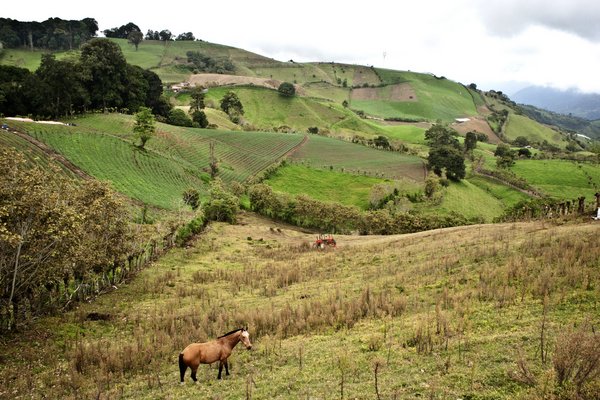- Share this article
- Subscribe to our newsletter
Widespread failure to enforce environmental laws
A global assessment of environmental rule of law finds weak enforcement to be a global trend that is exacerbating environmental threats, the United Nations Environment Programme (UNEP) reported in January 2019.
Despite a 38-fold increase in environmental laws put in place since the Stockholm Declaration on the Human Environment in 1972, failure to fully implement and enforce these laws is one of the greatest challenges to mitigating climate change, reducing pollution and preventing widespread species and habitat loss, according to experts from UNEP.
There have been many developments in environmental law since 1972, including the adoption of a constitutional right to a healthy environment by 88 countries, with another 65 countries having enshrined environmental protection in their constitutions. In addition, over 350 environmental courts and tribunals have been established in over 50 countries, and more than 60 countries have at least some legal provisions for citizens’ right to environmental information.
While international aid did help countries to enter into over 1,100 environmental agreements since 1972 and develop many environmental framework laws, neither aid nor domestic budgeting, have led to the establishment of strong environmental agencies capable of effectively enforcing laws and regulations. Multiple factors contribute to poor enforcement of environmental rule of law, including poor coordination across government agencies, weak institutional capacity, lack of access to information, corruption and stifled civic engagement.
The experts point out one particularly worrying trend: the growing resistance to environmental laws, which has been most evident in the harassment, arbitrary arrests, threats, and killing of environmental defenders. Between 2002 and 2013, 908 people — including forest rangers, government inspectors and local activists – were killed in 35 countries, and in 2017 alone, 197 environmental defenders were murdered.
“The international community can do more,” said Carl Bruch, Director of International Programs at the Environmental Law Institute. “Too often, donor support focuses on very specific areas of the environment, resulting in robust environmental programmes in some areas, and no funding or attention to other areas. This patchwork approach can undermine environmental rule of law by not providing consistency in implementation and enforcement and by sending confusing messages to the regulated community and the public. As a result, many of these laws have yet to take root across society, and in most instances, the culture of environmental compliance is weak or non-existent.”
(UNEP/ile)
More information: www.unenvironment.org/resources/assessment/environmental-rule-law-first-global-report





Add a comment
Be the First to Comment